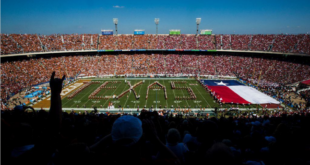Introduction
USA Football League
USA Football League In the vast landscape of American sports, football reigns supreme as one of the most beloved and exciting games. The NFL (National Football League) is undoubtedly USA Football League the pinnacle of American football, but beyond the NFL, there is a fascinating world of football leagues that contribute to USA Football League the sport’s rich tapestry. One of these is the USA Football League, an emerging powerhouse that’s captivating both fans and players alike. In this USA Football League article, we’ll delve into the world of the USA Football League, exploring its history, structure, impact, and future prospects.
A Brief History of the USFL
USA Football League I initially found the USFL in 1982, aiming to challenge the supremacy of the National Football League (NFL). Unlike the NFL, which primarily played during the USA Football League fall, the USFL scheduled its games in the spring, offering football enthusiasts year-round entertainment. However, the league faced challenges and ultimately folded after three seasons because of financial issues.
USA Football League
The Revival of the USFL
In recent years, there has interest in the USFL. I set the league to make a comeback in 2023, with a fresh approach and ambitious plans. This revival has sparked excitement among fans and raises questions about what the future holds for American football.
USA Football League
Teams and Locations
The new USFL will feature eight teams, each representing a different city. It will spread these teams across the country, allowing fans from various regions to connect with their local squads.
Financial Stability
One of the primary reasons for the downfall of the original USFL was financial instability. The new league will need to establish a sound financial structure to ensure its sustainability. Securing sponsorship deals and generating revenue through various means will be crucial to its long-term success.
Competition with Established Leagues
Competing with the NFL, a league deeply entrenched in American sports culture, is no small feat. The USFL will need to find its niche and distinguish itself to attract fans. The quality of play, innovative features, and engaging fan experiences will be pivotal.
Player Recruitment and Retention
Building and maintaining a talented pool of players is essential for the USFL. While it offers opportunities for aspiring players, keeping top talent may become challenging if players receive lucrative offers from the NFL or other international leagues.
Development of New Talent
The USFL can serve as a breeding ground for emerging football talent. Young, undiscovered players who may have gone unnoticed in college football now have a platform to showcase their skills. This not only diversifies the pool of professional athletes but also injects fresh talent into American football.
Regional Pride
Having teams representing different cities across the United States fosters regional pride and community engagement. Local fans can rally behind their home teams, creating a sense of belonging and camaraderie.
Fan-Centric Approach
To distinguish itself from established leagues, the USFL can prioritize fan-centric initiatives. This might include affordable ticket pricing, family-friendly game-day experiences, and enhanced interaction between players and supporters.
Innovation in Football
With its commitment to incorporating technology, the USFL has the potential to bring innovations to the sport. Whether it’s implementing cutting-edge training techniques, enhancing the viewing experience with augmented reality, or revolutionizing player safety, the league can be a hub of football innovation.
A Historical Journey Through American Football
American football, deeply rooted in the country’s sporting fabric, has witnessed the rise and fall of various football leagues. Among them, the USA Football League (USFL) has carved a unique place in the annals of American sports history. This 2000-word article embarks on a historical journey through the evolution of the USA Football League, from its inception to its resurgence.

A Football Revolution
The story of the USA Football League begins in the early 1980s. During this period, the National Football League (NFL) reigned supreme as the premier American football league. However, there was a growing desire for more football outside of the NFL’s traditional fall season. This demand gave birth to the idea of a spring football league.
Inaugural Season and Bold Ambitions
In 1982, the USA Football League kicked off its inaugural season with 12 teams. Some of these teams were the Arizona Wranglers, Chicago Blitz, and Philadelphia Stars. The league garnered significant attention for its ambitious approach, aiming to challenge the NFL’s dominance by playing its games during the spring and summer months.
A Springboard to the NFL
One of the significant impacts of the USFL on American football has been its role as a springboard to the NFL. Many players who started their careers in the USFL later made successful transitions to the NFL. This includes notable players like Jim Kelly, Steve Young, and Reggie White, who went on to become NFL legends. The USFL’s ability to identify and nurture talent added depth to the NFL’s rosters and enriched the league with skilled athletes.
A Platform for Underrated Talent
The USFL’s willingness to give opportunities to underrated or overlooked players was a game-changer. It provided a second chance for athletes who might not have found a place in the NFL otherwise. This not only enhanced the talent pool but also made the league more relatable to fans who could see themselves in the stories of these underdog players.
An Ambitious Revival
The resurrection of the USA Football League in 2023 is a testament to the enduring appeal of spring football. The league’s ambitious plans include eight teams, a 10-week regular season, and an emphasis on technological innovation. This revival has generated excitement among both nostalgic fans and a new generation of football enthusiasts.
Competition and Collaboration
The USFL’s return means increased competition for viewership, talent, and sponsorships. While competition can be fierce, there is also room for collaboration between the USFL and the NFL. Joint initiatives, such as cross-promotions and talent development programs, could benefit both leagues and the sport as a whole.
A New Era of Fan Engagement
The digital age presents unprecedented opportunities for fan engagement. The USFL can leverage social media, interactive apps, and virtual reality experiences to connect with fans on a deeper level. Building a strong online community can create a loyal following and boost the league’s brand.
Financial Stability
One of the primary challenges facing the revived USA Football League is achieving and maintaining financial stability. The league must learn from the financial missteps of its predecessor and implement prudent financial management practices. This includes budgeting, cost control, and revenue generation strategies. Securing long-term sponsorships and broadcasting deals will also be crucial for the league’s financial health.
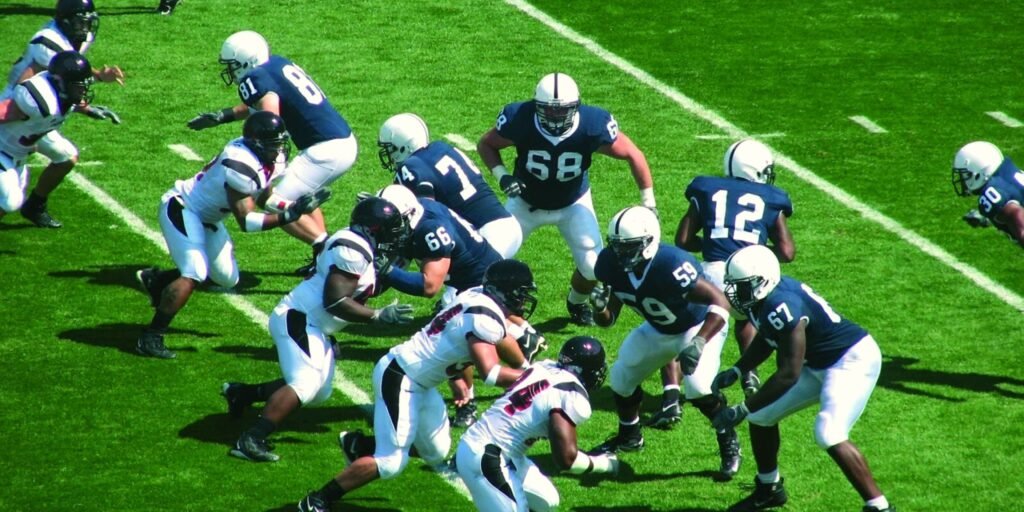
Competition with Established Leagues
Competing with the well-established National Football League (NFL) is a formidable challenge. The NFL enjoys a massive fanbase, lucrative television contracts, and a century-long history. To stand out, the USFL must carve a niche for itself. It could focus on offering a different style of play, emphasizing innovation, or targeting underserved markets.
Player Recruitment and Retention
Building a competitive and attractive roster of players will be a significant hurdle. While the USFL offers an opportunity for young and undrafted players, it may struggle to retain top talent if players receive more lucrative offers from the NFL or international leagues. Developing incentives, such as performance bonuses or pathways to the NFL, could help in this regard.
Fan Engagement and Loyalty
Establishing and maintaining a passionate and loyal fan base will be pivotal to the league’s success. The USFL must actively engage with fans through social media, fan events, and interactive experiences. It should prioritize creating a sense of community among supporters to foster loyalty and enthusiasm.
Infrastructure and Facilities
To ensure high-quality gameplay, the USFL must invest in top-notch facilities, coaching staff, and player development programs. This can be a substantial financial burden, and careful planning is required. Partnering with universities or local governments to share facilities can be a cost-effective solution.
Media Coverage and Broadcasting Rights
Securing media coverage and favorable broadcasting rights deals is essential for reaching a broader audience. The USFL must negotiate strategically with television networks and streaming platforms to maximize its visibility. Leveraging digital platforms to offer streaming options can also help expand its reach.
Adaptability
The USFL’s ability to adapt to changing circumstances and fan preferences will be critical. Flexibility in scheduling, rule changes, and fan engagement initiatives will allow the league to stay relevant and competitive.
Strategic Partnerships
Exploring strategic partnerships with colleges, high schools, and youth football programs can help in talent development and grassroots support. Collaborations can include joint training camps, scouting networks, and talent pipelines.
Transparency and Communication
Maintaining open and transparent communication with fans, players, and stakeholders will build trust and credibility. Sharing the league’s vision, decisions, and challenges can foster a sense of ownership among supporters.
Environmental Sustainability
Embracing environmentally sustainable practices can set a positive example for sports organizations. The USFL can implement green initiatives in its stadium operations, such as recycling programs, energy-efficient facilities, and sustainable transportation options.
The Birth of Spring Football
The innovative idea that set the USFL apart was scheduling games during the spring and summer months. This strategy aimed to provide football fans with year-round entertainment and a fresh take on the sport. In 1982, the league embarked on its inaugural season with 12 teams, sparking a football revolution.
The Stars and Stripes of Success
Remarkable achievements and a devoted following marked the early years of the USFL. The league featured a blend of young, talented players and experienced NFL veterans, making for exciting and competitive games. This combination of fresh talent and seasoned professionals gave the USFL its distinctive charm.
High-Profile Players
One of the defining features of the USFL was its ability to attract high-profile players. Some of the NFL’s biggest stars, including Herschel Walker, Doug Flutie, and Steve Young, donned USFL jerseys. This not only bolstered the league’s credibility but also expanded its fanbase.
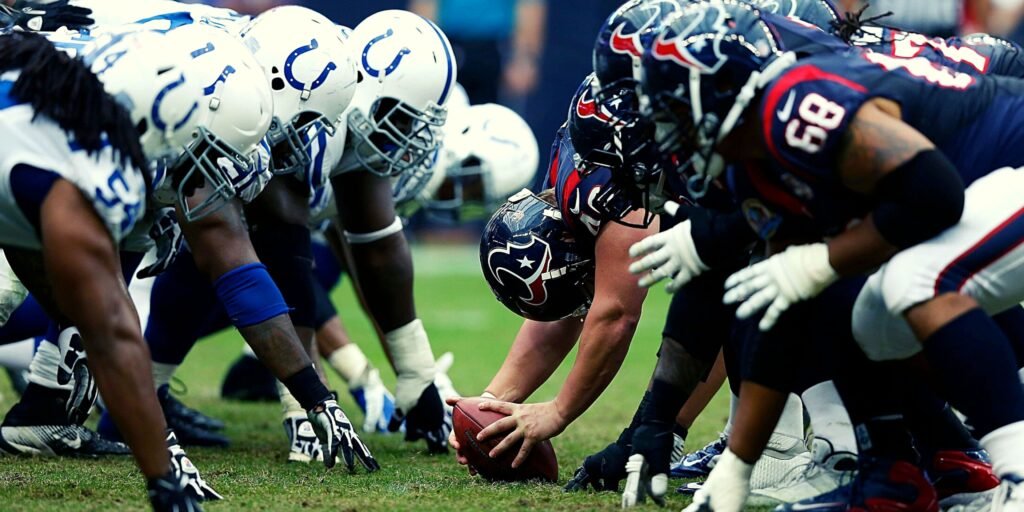
Pioneering Innovations
The USFL was not content with being a mere challenger to the NFL; it aimed to lead in innovation. It introduced groundbreaking concepts like the two-point conversion and allowed instant replay reviews of officiating decisions. These innovations showcased the USFL’s commitment to pushing the boundaries of American football.
Financial Turbulence
The high-stakes competition for star players led to soaring player salaries, which created severe financial strain on the league. The USFL’s owners, driven by their ambition to compete with the NFL, engaged in costly bidding wars. These financial challenges threatened the league’s sustainability.
Relocation and Rebranding
To cut costs and stabilize their operations, several USFL teams underwent relocations and rebranding. For example, the Arizona Wranglers became the Arizona Outlaws, and the Chicago Blitz merged with the Arizona Wranglers to form the Arizona Wranglers. These changes disrupted the league’s stability.
Lawsuit Against the NFL
In a last-ditch effort to establish a foothold in the American football landscape, the USFL filed an antitrust lawsuit against the NFL in 1986. The lawsuit alleged that the NFL’s monopolistic practices restricted competition. While the USFL won the case, it was awarded a symbolic $1 in damages, which proved inadequate to sustain the league financially.
A New Dawn
After a prolonged hiatus, the USA Football League is poised to make a comeback in 2023. This revival has ignited nostalgia among long-time fans who fondly remember the league’s glory days, while also capturing the curiosity of a new generation of football enthusiasts.
The 2023 Rebirth
The reborn USFL, scheduled to commence its season in the spring of 2023, promises a fresh start. With a restructured format and a commitment to embracing technological advancements, the league aspires to secure a lasting place in American sports.
Competition for Talent
The revival of the USFL signifies increased competition for football talent. Young players who may have gone unnoticed now have an opportunity to showcase their skills, and established NFL players might find fresh prospects in the USFL. This intensified competition could elevate the overall quality of football in the United States.
Rivalry with the NFL
The return of the USFL introduces a new dynamic in American football. It will compete with the NFL for viewership, talent, and sponsorships. This rivalry could stimulate enhancements in both leagues as they strive to outdo each other and capture the hearts of fans.
Fan Engagement
For football fans, the revival of the USFL translates to more football to enjoy. The spring season will complement the NFL’s fall schedule, offering year-round football entertainment. The prospect of attending USFL games or following the league’s progress through various media channels excites football enthusiasts across the nation.
Financial Stability
One of the foremost challenges confronting the revived USA Football League is the achievement and maintenance of financial stability. The league must draw essential lessons from the financial pitfalls of its predecessor and implement robust financial management practices. This includes prudent budgeting, disciplined cost control, and strategies to generate revenue. Establishing long-term sponsorship agreements and securing lucrative broadcasting deals are also paramount for the league’s economic health.
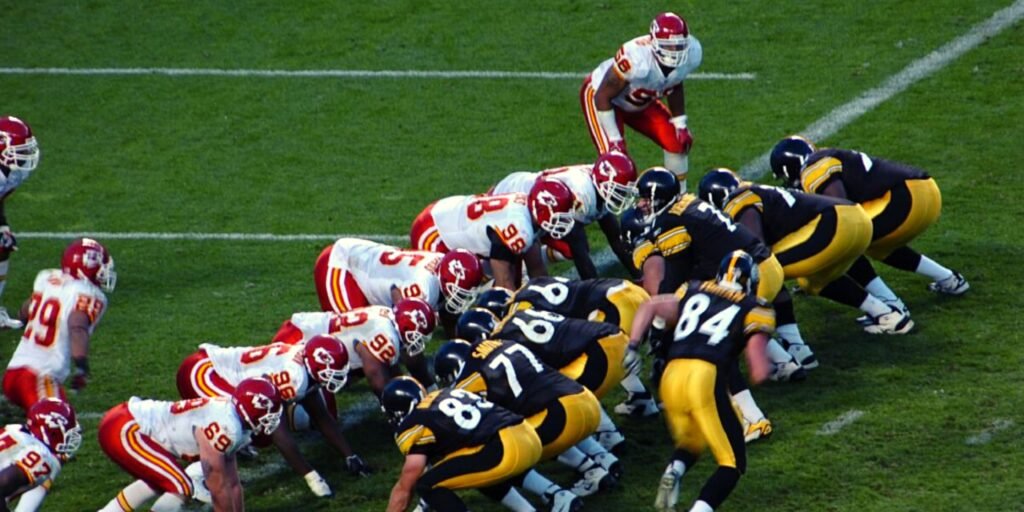
Competition with Established Leagues
Competing with the long-established National Football League (NFL) represents an intimidating challenge. The NFL boasts a massive fan base, lucrative television contracts, and a century-long legacy. To stand out in this crowded field, the USFL must carve a unique niche for itself. It could emphasize distinctive playing styles, a commitment to innovation, or target underserved markets as strategies to capture attention.
Player Recruitment and Retention
Building a competitive and attractive roster of players poses a significant hurdle. While the USFL offers opportunities to young and undrafted players, it may struggle to retain top talent if players receive more lucrative offers from the NFL or international leagues. Developing incentives such as performance-based bonuses or clear pathways to the NFL could help the USFL attract and keep star athletes.
Fan Engagement and Loyalty
Establishing and maintaining a passionate and loyal fan base will be pivotal to the league’s success. The USFL must actively engage with fans through social media, fan events, and interactive experiences. Creating a strong sense of community among supporters can foster loyalty and enthusiasm.
Infrastructure and Facilities
To ensure the highest-quality gameplay, the USFL must invest in top-notch facilities, coaching staff, and player development programs. This can be a substantial financial burden, necessitating careful planning and resource allocation. Partnering with universities, municipalities, or private investors to share facilities could provide a cost-effective solution.
Media Coverage and Broadcasting Rights
Securing media coverage and favorable broadcasting rights deals is essential for reaching a broader audience. The USFL must engage in strategic negotiations with television networks and streaming platforms to maximize its visibility. Leveraging digital platforms to offer streaming options can further expand the league’s reach and accessibility.
Adaptability
The USFL’s ability to adapt to evolving circumstances and fan preferences will be critical. Flexibility in scheduling, willingness to consider rule changes, and implementing innovative fan engagement initiatives will allow the league to remain relevant and competitive.
Strategic Partnerships
Exploring strategic partnerships with colleges, high schools, and youth football programs can be instrumental in talent development and garnering grassroots support. Collaborations can involve joint training camps, shared scouting networks, and talent development pipelines.
Transparency and Communication
Maintaining open and transparent communication with fans, players, and stakeholders is fundamental to building trust and credibility. Sharing the league’s vision, decisions, and challenges with transparency can foster a sense of ownership among supporters.
Environmental Sustainability
Embracing environmentally sustainable practices can set a positive example for sports organizations. The USFL can implement green initiatives in its stadium operations, such as recycling programs, energy-efficient facilities, and sustainable transportation options. This not only promotes environmental responsibility but also enhances the league’s image.
The Genesis of the USA Football League
The USFL’s story begins in the early 1980s, a period when the National Football League (NFL) reigned supreme as the preeminent American football league. However, a burgeoning demand for football entertainment beyond the NFL’s traditional fall season created fertile ground for a new league.
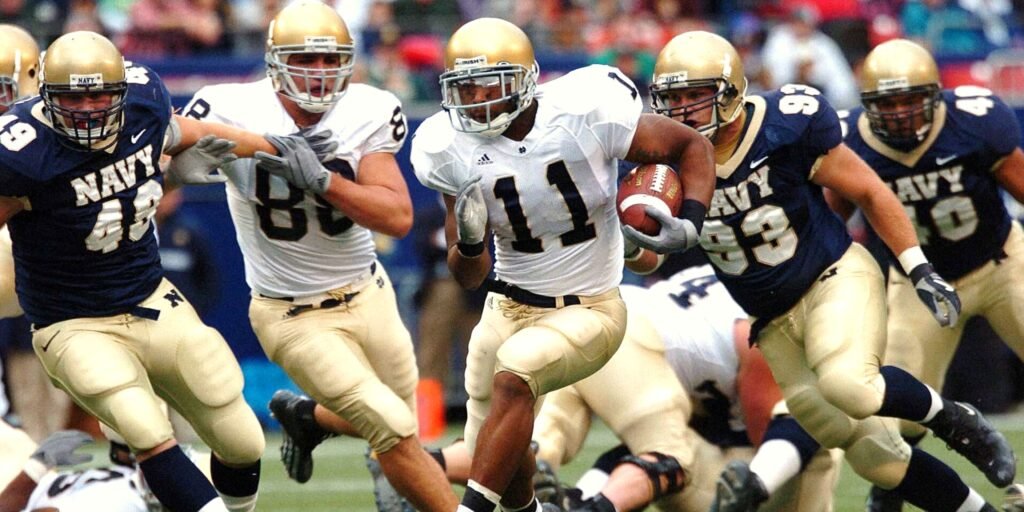
The Birth of Spring Football
The defining concept that set the USFL apart was its scheduling of games during the spring and summer months. This innovative approach aimed to provide football enthusiasts with a year-round football experience and offered an alternative to the NFL’s dominance. In 1982, the league embarked on its inaugural season with 12 teams, marking the commencement of a football revolution.
The Stars and Stripes of Success
Notable accomplishments and a devoted following characterized the early years of the USFL. The league boasted a unique blend of young, promising talents and experienced NFL veterans, which led to thrilling and competitive games. This amalgamation of fresh talent and seasoned professionals gave the USFL its distinct allure.
High-Profile Players
One of the defining features of the USFL was its ability to attract high-profile players. Several NFL stars, including Herschel Walker, Doug Flutie, and Steve Young, wore USFL jerseys. This influx of talent not only bolstered the league’s credibility but also expanded its fanbase.
Pioneering Innovations
The USFL was not content with being a challenger to the NFL; it aimed to lead in innovation. The league introduced groundbreaking concepts such as the two-point conversion and embraced instant replay reviews of officiating decisions. These innovations showed the USFL’s commitment to pushing the boundaries of American football.
Financial Turbulence
The intense competition for star players in bidding wars led to skyrocketing player salaries, exerting immense financial pressure on the league. The USFL’s owners, driven by their ambition to compete with the NFL, unwittingly embarked on a path that threatened the league’s financial sustainability.
Relocation and Rebranding
To mitigate costs and stabilize their operations, several USFL teams underwent relocations and rebranding. For instance, the Arizona Wranglers became the Arizona Outlaws, and the Chicago Blitz merged with the Arizona Wranglers to form the Arizona Wranglers. These structural changes disrupted the league’s stability.
Lawsuit Against the NFL
In a final, desperate attempt to establish a foothold in the American football landscape, the USFL filed an antitrust lawsuit against the NFL in 1986. The lawsuit alleged that the NFL’s monopolistic practices restrained competition. Although the USFL emerged victorious in the lawsuit, it was awarded a mere symbolic $1 in damages, a verdict that proved insufficient to sustain the league financially.
A New Dawn
After decades of dormancy, the USA Football League is poised to make a triumphant return in 2023. This revival has elicited nostalgia among long-time fans who fondly recall the league’s glory days, while simultaneously capturing the attention of a new generation of football enthusiasts.
The 2023 Rebirth
The reinvigorated USFL, slated to commence its season in the spring of 2023, promises a fresh start. With a restructured format and an unwavering commitment to embracing technological advancements, the league aspires to secure a lasting place in American sports.
Competition for Talent
The revival of the USFL signifies increased competition for football talent. Young players who might have otherwise gone unnoticed now have a platform to showcase their skills, and established NFL players might discover fresh prospects in the USFL. This heightened competition could raise the overall quality of football in the United States.
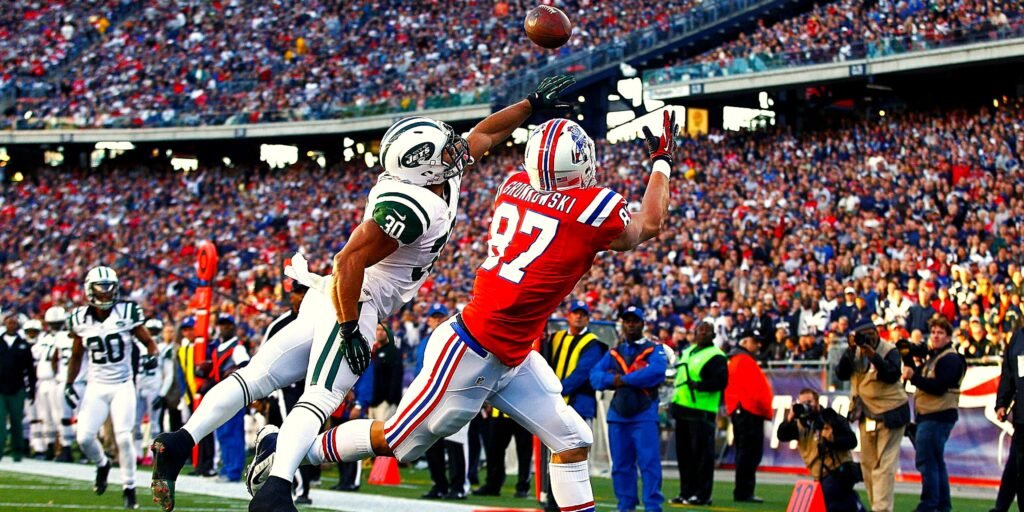
Rivalry with the NFL
The return of the USFL introduces a new dynamic in American football. It will compete with the NFL for viewership, talent, and sponsorships. This rivalry could stimulate enhancements in both leagues as they endeavor to outdo each other and win the hearts of fans.
Fan Engagement
For football fans, the revival of the USFL translates to more football to enjoy. The spring season will complement the NFL’s fall schedule, offering year-round football entertainment. The prospect of attending USFL games or following the league’s progress through various media channels excites football enthusiasts across the nation.
Financial Stability
One of the foremost challenges confronting the revived USA Football League is the achievement and maintenance of financial stability. The league must draw essential lessons from the financial pitfalls of its predecessor and implement robust financial management practices. This includes prudent budgeting, disciplined cost control, and strategies to generate revenue. Establishing long-term sponsorship agreements and securing lucrative broadcasting deals are also paramount for the league’s economic health.
Competition with Established Leagues
Competing with the long-established National Football League (NFL) represents an intimidating challenge. The NFL boasts a massive fan base, lucrative television contracts, and a century-long legacy. To stand out in this crowded field, the USFL must carve a unique niche for itself. It could emphasize distinctive playing styles, a commitment to innovation, or target underserved markets as strategies to capture attention.
Player Recruitment and Retention
Building a competitive and attractive roster of players poses a significant hurdle. While the USFL offers opportunities to young and undrafted players, it may struggle to retain top talent if players receive more lucrative offers from the NFL or international leagues. Developing incentives such as performance-based bonuses or clear pathways to the NFL could help the USFL attract and keep star athletes.
Fan Engagement and Loyalty
Establishing and maintaining a passionate and loyal fan base will be pivotal to the league’s success. The USFL must actively engage with fans through social media, fan events, and interactive experiences. Creating a strong sense of community among supporters can foster loyalty and enthusiasm.
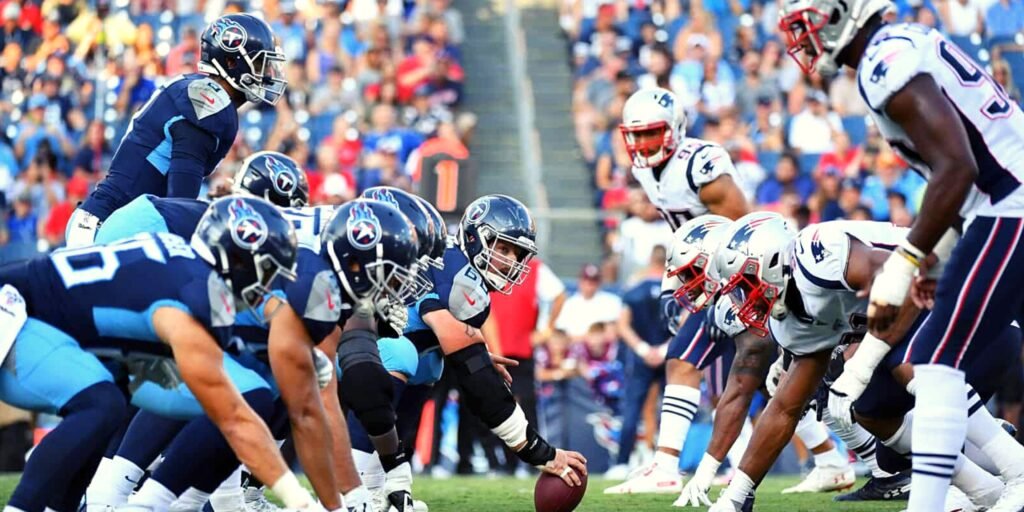
Infrastructure and Facilities
To ensure the highest-quality gameplay, the USFL must invest in top-notch facilities, coaching staff, and player development programs. This can be a substantial financial burden, necessitating careful planning and resource allocation. Partnering with universities, municipalities, or private investors to share facilities could provide a cost-effective solution.
USA Football League
Media Coverage and Broadcasting Rights
Securing media coverage and favorable broadcasting rights deals is essential for reaching a broader audience. The USFL must engage in strategic negotiations with television networks and streaming platforms to maximize its visibility. Additionally, leveraging digital platforms to offer streaming options can further expand the league’s reach and accessibility.
USA Football League
Conclusion
The USA Football League’s narrative encompasses a sequence of highs and lows, innovations and setbacks. From its audacious beginnings in the early 1980s to its resurgence in 2023, the league has etched an enduring mark on American football. As the new USFL season approaches, fans anticipate the return of this iconic league, hoping it will recapture the magic of its early years and contribute to the rich history of American football. With the potential to nurture talent, engage communities, and drive innovation, the USA Football League stands on the threshold of making history once more. It exemplifies the resilience and fervor of American football, proving that the sport’s spirit is as enduring as the game itself. As fans eagerly await the opening kickoff of the new season, one certainty prevails: the USA Football League is poised to shape the future of American football, and its journey promises to be a thrilling one. The resurgence of the USA Football League represents not only the revival of a cherished sports institution but also a symbol of the enduring love affair between America and its favorite game, football. With innovation, determination, and a commitment to excellence, the USFL aims to add a new, exciting chapter to the rich history of American football.
USA Football League
FAQs
What is the USA Football League (USFL)?
The USA Football League, often abbreviated as USFL, is a professional American football league known for its unique scheduling of games during the spring and summer months. It has a storied history dating back to the early 1980s and was revived in 2023. The USFL has featured both promising young talents and established NFL veterans, making it a distinctive part of American sports culture.
How does the USFL impact American football?
The USFL’s return signifies increased competition for football talent, offering opportunities for young and undrafted players to showcase their skills. It also introduces rivalry with the NFL, potentially stimulating enhancements in both leagues. Additionally, it provides fans with year-round football entertainment, complementing the NFL’s fall schedule.
What challenges does the USFL face in its revival?
The USFL faces various challenges in its revival, including achieving and maintaining financial stability, competing with the well-established NFL, recruiting and retaining top players, building a loyal fan base, and ensuring high-quality facilities and media coverage. Meeting these challenges will be crucial for the league’s long-term success.
How can fans stay updated on the USFL’s developments?
Fans can stay updated on the latest developments, game schedules, and news related to the USFL by visiting the league’s official website, following its social media accounts, and checking local sports news outlets. Additionally, the league may offer official mobile apps and newsletters to keep fans informed.
What role does innovation play in the USFL’s future?
Innovation is a key aspect of the USFL’s future success. The league has a history of pioneering innovations in American football, such as the introduction of the two-point conversion and instant replay reviews. Embracing technological advancements, both in gameplay and fan engagement, will be essential for staying competitive and capturing the attention of modern audiences.
How can young and aspiring football players get involved with the USFL?
Young and aspiring football players can potentially get involved with the USFL through open tryouts, scouting events, and talent development programs. The league may also collaborate with colleges, universities, and youth football organizations to identify and nurture talent.
What does the future hold for the USFL?
I filled the future of the USA Football League with potential and ambition. With careful planning, innovative strategies, and a commitment to excellence, the USFL aims to make a lasting impact on American football. Its journey promises to be one of excitement and transformation, shaping the landscape of American sports for years to come.
 Cric Enjoy Sports News, Cricket Update, Live Streaming
Cric Enjoy Sports News, Cricket Update, Live Streaming

